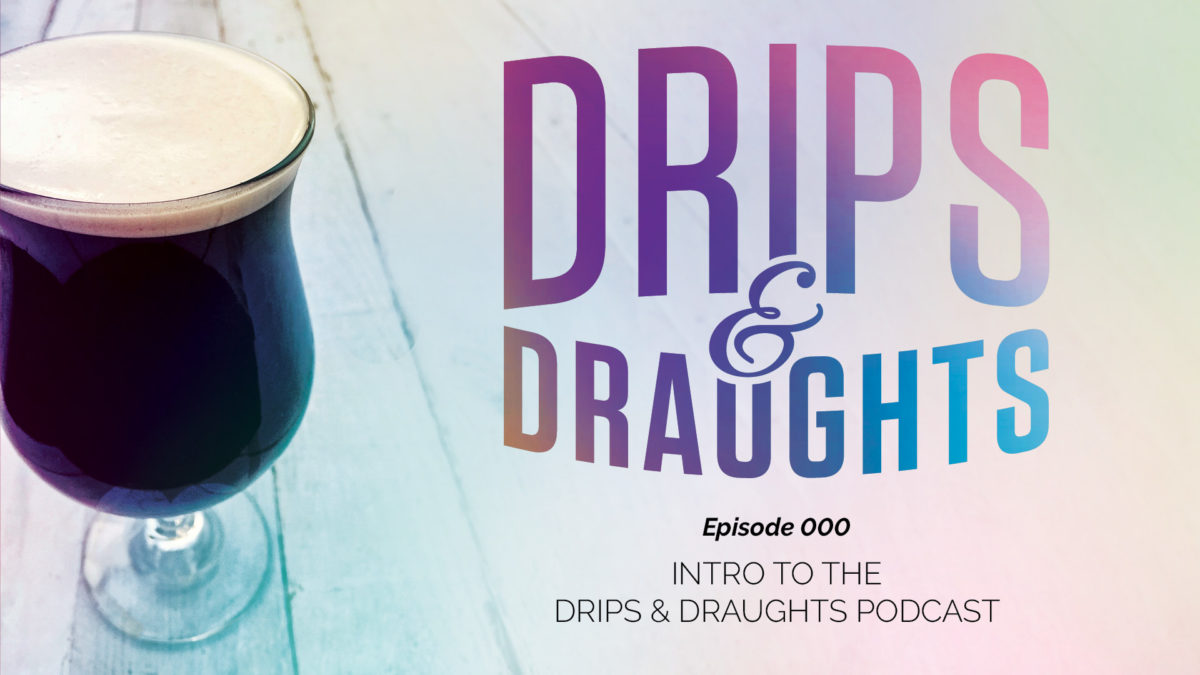
First of all, you may have noticed that we named the podcast Drips & Draughts (not Drafts). We did this for no specific reason, other than we thought it was fancy. If you’re not 100% sure how to say “draughts”, here’s a little hint – It’s not “drawts”.
Don’t like the spelling? That’s fine, you can find us by going to DripsAndDrafts.com too.
Highlights & Takeaways
Join the private community for coffee lovers and coffee professionals – http://forum.coldbrewavenue.com/
Don’t use CO2 when serving coffee on draft.
Connect on Twitter or Instagram – @ColdBrewAvenue
Episode Transcript
Hey there & welcome to the Drips & Draughts Podcast. My name is Brendan Hanson and I’m going to be your host today. Thanks for joining us on this first episode (Episode 000).
We’re going to use this episode to give you a little introduction as to who we are and why we’re doing this podcast.
So, let’s get into it!
As I mentioned before, my name is Brendan Hanson. About 10 years ago or so, probably about 2006, my brother Cary started homebrewing. And shortly after he started homebrewing he got me into homebrewing.
I think it was while my first batch of beer was fermenting, we met up with a couple local brewers. They asked if we were kegging our beer. Cary and I looked at each other, thinking, “No, we’re not kegging our beer. We clean about 50 bottles every time we make a batch and we just put it in there.”
These guys were like, “You have to keg! You have to keg your beer! You can put it in the keg and you can drink it the next day – it’s ready to go!”
Whereas when you homebrew beer if you put it in a bottle, you have to wait a couple weeks for it to carbonate.
So that piqued my interest. They actually gave me an empty corny keg shell and told me to hop online and pickup a carbonation kit, a CO2 tank and everything else. That was basically my entry into the world of kegging.
The reason I’m bringing that up – actually, I’m bringing that up for 2 reasons:
- That led us to start Keg Outlet and start selling kegging supplies online.
- Because a lot of the coffee shops I talk to, a lot of the owners, the roasters, the baristas have never worked with any sort of draft beer or draft beverage equipment. And it can be a little daunting when you haven’t used any of this type of equipment before but you want to start kegging your coffee.
Oftentimes we’ll get the question, “Is this something that I can do? Will I be able to do this?”
We’re here to tell you that the answer is YES.
While the equipment can look a little daunting to a first time user, it is pretty easy to get setup and learn how to use it. And that’s what we’re here for, that’s why we started this podcast – to help introduce new industries and markets to draft (draught) equipment.
So after Cary and I founded Keg Outlet, we quickly learned that all of our customers and all of the people that we got to work with, primarily homebrewers at the start and small and nano craft breweries; everybody who we worked with was very passionate about what they did and what they were making.
Both Cary and I shared that passion because we were homebrewers. After we got into kegging, we just started thinking, “What else can we keg?”
So we started making sodas, we started making sparkling waters, and eventually, we started putting cold brew coffee in a keg and we’d serve flat cold brew coffee. Once we started serving cold brew coffee on draft, we started writing some blog posts and articles about it and we started getting more and more questions. People wondering, “Can I do this?”, “What’s it going to take to do this?”
So we documented all of our successes and all of our failures on our blog, with regards to serving coffee on draft. That’s what led us and has brought us to starting Cold Brew Avenue and starting the Cold Brew Avenue private forum for coffee professionals.
As we’ve gotten the chance to work with more and more coffee shops and more and more coffee shop owners and coffee roasters, we’ve found that the coffee industry is very similar to the beer industry in the fact that all the people who are making coffee, roasting coffee, serving coffee are very, very passionate about what they’re doing. Just like homebrewers and craft brewers are very passionate about the beer that they’re making.
So we’ve really enjoyed working with all of the members of the coffee community. Learning about and growing the draft coffee trend.
That’s one of the big reasons that we put the private forum together – the Cold Brew Avenue Forum. We want a place where people and coffee professionals can go and ask questions and bounce ideas off of one another. Share successes, share failures. What’s working well, what doesn’t work at all. Like CO2 in coffee – we made that mistake a couple times. I’ll tell you right now, just don’t do it. Stay away from carbon dioxide when you’re serving coffee on draft. It’s not good.
I’m getting a little off topic here, let’s get back on track. Back to the podcast, back to draft coffee, back to the Cold Brew Avenue Forum.
Really the reason we started this forum and podcast was because we sent a newsletter out to our few thousand subscribers who have an interest in cold brew coffee and draft coffee and we asked, “Would you have any interest in a private forum and/or in a podcast? And if we did a podcast, would you have any interest in being on the podcast?”
So far, we’ve gotten an incredible response. And more than half of the respondents have said, “Yes, I’d love to be on the podcast.”
So from all those responses, we’ve also received over 300 questions on topics that people want to see covered about draft coffee and about cold brewing coffee, about serving nitro coffee, about carbonating coffee (which I already alluded to is not good).
So in future episodes, we’ve got a lot of content and we’ve got a lot of things that we want to cover and we also want to bring on coffee professionals. People who are doing this day in and day out. Because at the end of the day, it’s the coffee professionals who are going to be doing a lot more experimenting. Much more than Cary and I would be able to do. We’ve done large batches, we’ve done different grinds, but really, it’s the coffee professionals who can really take this stuff to the next level.
We’ve talked to people who hot bloom their coffee then cold brew for 12 hours.
We’ve talked to people who dial in their water chemistry, which is something that is very common in brewing, but it’s not something that you always hear about when making coffee.
So in addition to having guests on in the future and really diving deep into some topics regarding coffee and cold brewing coffee, let me just run through a handful of questions so you can know what to expect in future episodes:
- How can I get the nitro coffee into a can?
- How do you setup a nitro tap?
- What’s the best ratio for cold brewing? (coffee to water)
- What’s the best way to brew for a nitro tap and what’s the best way to brew for a regular tap?
- What’s the best type of gas to use?
- How long does the creamy head last on a cup of nitro coffee?
- Can you make it at home?
- How is it different from draft beer?
- How can I setup a mobile serving station?
- What’s the simplest and most low cost setup that I can start with?
These are all great questions and we’ve got so many more to go through in future episodes. So if you’ve got any interest in either being on our podcast or submitting a question, we suggest you do so. Send us a tweet @ColdBrewAvenue.
If you haven’t done so already, check out our private forum – http://forum.coldbrewavenue.com/







